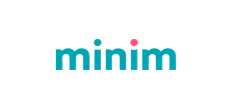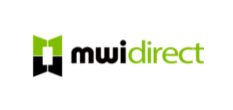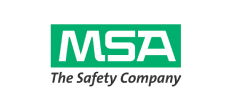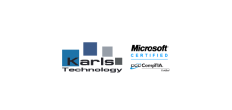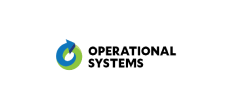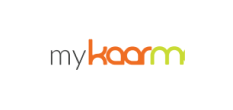MARKET-DRIVEN CURRICULUM DESIGNED BY EXPERTS

Mentor Support
Get weekly one-on-one mentorship, delivering personalized guidance to navigate every challenge.

Affordable Tuition
Earn a high-quality education that doesn’t come with a hefty price tag.

High-Demand Skills
Gain hands-on experience and high-demand skills, so you stand out as a top job candidate.

Job Ready Portfolio
In under six months, graduate with a portfolio showcasing your expertise and preparing you for employment.

Course Breakdown
WHAT YOU’LL LEARN IN THIS BOOTCAMP
Over 16-weeks, go from novice to digital marketing pro. Guided by industry-leading instructors and mentors, you’ll learn how to build targeted campaigns and make data-driven decisions. With a focus on SEO, PPC, content creation, and analytics, you’ll be in the driver’s seat of crafting narratives that captivate global audiences.
Introduction to Digital and Strategy
Weeks 1-6

Case Study
A Case Study examines a real-life business challenge and how it was addressed, providing valuable insights into strategy and results. It allows digital marketers to understand effective tactics and their outcomes, serving as a practical reference for their own marketing endeavors.

Trends
Trends in digital marketing highlight emerging preferences, technologies, and strategies that are gaining popularity. Keeping an eye on these ensures marketers stay ahead of the curve, adopting innovative approaches that resonate with their audiences.

Growth Stats
Growth Stats refer to key performance indicators (KPIs), like user engagement or sales conversions, which help measure the success of digital marketing strategies. Understanding these metrics helps to identify what’s working and what needs adjustment.
PLANNING FRAMEWORK

Value Prop
A value proposition is a clear statement highlighting the unique benefits of a product or service. It’s crucial in digital marketing to quickly capture the audience’s attention, differentiating a brand from competitors.

Competitive Analysis
Competitive Analysis involves evaluating a company’s competitors to understand their strategies and strengths. By comparing offerings, market positions, and tactics, marketers can identify opportunities and threats, guiding more informed decisions.

Branding
Branding encompasses the visual, emotional, and narrative identity of a company or product. It’s about crafting a consistent image and message that resonates with customers, helping to build recognition, trust, and loyalty in the market.

Sales Funnel
A sales funnel visualizes the journey potential customers take from first awareness of a product to the final purchase decision. By understanding each stage of this funnel, marketers can tailor strategies to guide prospects closer to conversion.
Website UX

Planning Objective
Planning objectives set clear, measurable goals for a digital marketing campaign. By defining what success looks like, these objectives provide a roadmap for initiatives, allowing teams to focus efforts and measure results against established benchmarks.

Channels
Channels are the various platforms and mediums used to reach an audience, such as social media, email, search engines, or websites. Selecting the right channels is vital to ensure a brand’s message reaches its intended audience effectively.

Personas
Personas are fictional representations of ideal customers, built from market research and real data about existing clients. They guide marketers in understanding audience needs, behaviors, and motivations.

Measuring
Measuring in digital marketing refers to tracking and analyzing key metrics to assess the effectiveness of campaigns and strategies. By evaluating data such as website visits, click-through rates, or conversion percentages, marketers can refine their approaches to achieve better outcomes.
Data & Google Analytics

Optimization
Optimization in digital marketing is the process of fine-tuning campaigns, content, and strategies to improve performance and results. By analyzing feedback and metrics, marketers can make informed adjustments, ensuring maximum impact.

Mobile
Mobile focuses on strategies and content tailored for smartphone and tablet users. With the increasing reliance on mobile devices, it’s essential to ensure marketing efforts are optimized for smaller screens.

Landing Pages
Landing Pages are specific web pages designed for a single marketing objective, often used in ad campaigns or email promotions. These pages aim to guide visitors toward a desired action, such as signing up or making a purchase.

Create Website
This is the process of designing and building a digital platform where brands can showcase their offerings, share information, and engage with visitors. A well-constructed website serves as a brand’s digital storefront, enhancing visibility and credibility online.

Demo + Practice
This is hands-on training where learners can witness website creation demonstrations and then apply those techniques themselves. This approach allows students to experiment and refine their skills in real-time, bridging the gap between theory and practical application.
Paid Advertising including Social Ads, Display & Remarketing

Strategy
Strategy entails the deliberate planning and implementation of content-related tactics. This encompasses decisions about target audiences, content creation, distribution channels, and publication schedules, all aimed at maximizing the impact of content efforts.

Blogging
Blogging is the regular publishing of articles, stories, or insights on their websites. These blog posts serve to inform, engage, and provide value to their target audience while also enhancing website visibility and authority in search engines.

Development
Development is the creation and refinement of content assets. This includes generating ideas, researching topics, writing or producing content, and optimizing it for both audience engagement and search engine visibility.

CMS Systems
Content Management Systems are software platforms that simplify the creation, management, and publication of digital content. They empower marketers to efficiently produce and update web content, ensuring it remains fresh and engaging to their target audience.
Email Marketing

Funnel Nurturing
Funnel Nurturing involves guiding potential customers through various stages of the sales funnel by providing tailored content. This strategic approach helps build trust, address specific needs, and ultimately leads prospects towards making informed purchasing decisions.

Lead Generation
Lead Generation captures information from potential customers who express interest in a brand’s products or services. By offering valuable content, brands can attract and convert website visitors into leads, nurturing them into customers through targeted marketing efforts.

Audience Development
Audience development centers on expanding and engaging a brand’s online audience. It involves creating content that resonates with the target demographic, utilizing various channels, and fostering meaningful connections to drive user engagement.
Display & Retargeting, Conversions, Marketing Technologies

Tracking
Tracking refers to the continuous monitoring and analysis of key performance metrics. By tracking metrics such as website traffic, engagement rates, and conversion rates, marketers can assess the effectiveness of their strategies and make data-driven adjustments.

Data Analytics
Data Analysis involves examining collected data to gain insights into campaign performance and audience behavior. By deciphering this information, marketers can refine strategies, and create content that better aligns with audience preferences, ultimately driving better results.

Link Building
Link building is the practice of acquiring hyperlinks from other websites to your own. This practice not only enhances a website’s search engine visibility but also establishes credibility and authority, driving more traffic and potential customers.
Project and Agency Management & Budgeting

Brief Writing
Brief Writing entails creating clear and concise documents outlining project objectives, guidelines, and requirements for content creators. These briefs serve as roadmaps, ensuring everyone involved understands the expectations for each piece of content.

Procedures
Procedures involve documenting and following established processes for the creation of marketing campaigns. These standardized procedures ensure consistency in marketing efforts, enabling teams to execute strategies, track results, and optimize campaigns systematically.

Processes
Processes encompass the systematic workflows used to plan, execute, and analyze marketing initiatives. These structured processes lead to marketing campaigns that are strategically designed, efficiently implemented, and rigorously evaluated.
READY TO CHANGE YOUR LIFE? APPLY TO AN UPCOMING BOOTCAMP
28
SEP
Digital Marketing
Classes Begin
Bootcamp
25
OCT
Digital Marketing
Classes Begin
Bootcamp
A MORE AFFORDABLE, ACCESSIBLE EDUCATION
The average coding bootcamp costs over $13,500. With our flipped-teaching model and stellar partners, we provide top-tier programs for much less, lowering the financial barriers to life-changing education.
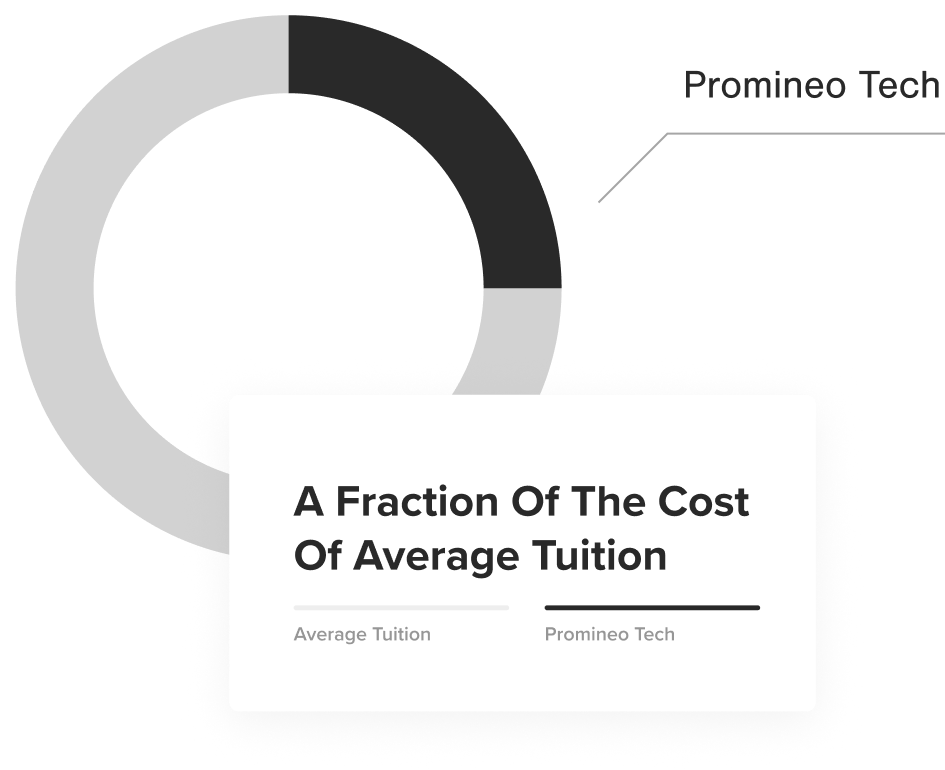
Frequently Asked Questions
Is the course instructor-led or self-led?
The course is instructor-led and live online.
How long is the course?
The course itself is 19 weeks long, which equates to just over four and a half months. You’ll meet for class once a week for 18 weeks and spend the final week of the program working on your final project in lieu of class
Are class sessions recorded?
Every class is recorded and available to students to review throughout the course. If a scheduling conflict arises, attendance requirements can be met by watching the video on occasion. This should not happen frequently, but life happens!
What is the background and experience of your instructors?
Most of our instructors work in the industry by day in addition to teaching. Our instructors have worked at Keap/Infusionsoft, USAA, Walmart, University of Arizona, Choice Hotels, American Express, Hightouch, US Army, FactSet, University of Wisconsin – Stevens Point, Mayo Clinic, and Whoop, among other national and multinational companies.
What is the structure of the program?
The structure of the program is a flipped classroom model. This entails that students review the curriculum before lectures and come to class already familiar with the relevant concepts. The bootcamp is part-time and designed for full-time working adults. However, students who are absolute beginners may need to invest extra time into learning the more advanced modules.
What technologies are covered?
There are many technologies covered in this program including JavaScript, Algorithms, OOP, Design Patterns, Unit Testing, HTML, CSS, JQuery, Bootstrap, AJAX, React, JSX, REST, NPM, AWS, and more.
What types of jobs will grads be prepared for?
Successful completion of the program will help you prepare for types of roles such as front-end developer, web developer, UI developer, JavaScript developer, web designer, UX/UI designer, front-end web engineer, mobile app developer (using web technologies), CMS developer/theme developer, SVG animator, performance/optimization specialist, accessibility specialist.
It Is Estimated There Will Be A Shortage Of 1.4 Million Software Developers In The US Within The Next Year. Start Your Career Today.
Where Our Alumni Work
Ready to Enroll
Take our short, 12-question assessment
Software Developer Pre-Assessment (1)
"*" indicates required fields


 Call to speak to a Program Specialist (480) 774-7842
Call to speak to a Program Specialist (480) 774-7842